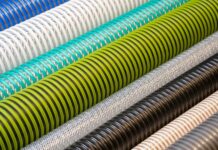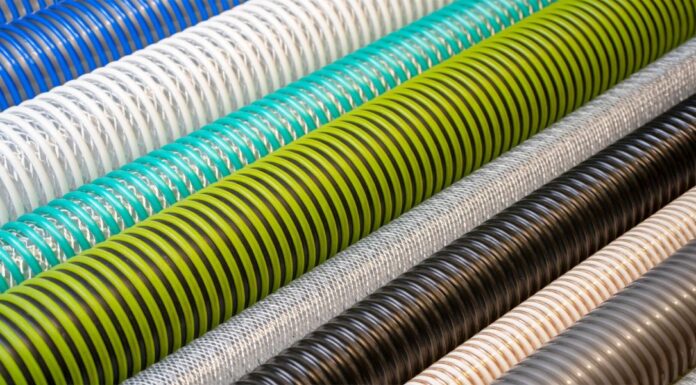
Cars that go more than 1,000 miles on a single fill-up and smartphones that can run for days without recharging are among the possibilities that could come out of a new Clemson University research project that brings together 3D printing and laser processing.
Jianhua “Joshua” Tong and his team are working on a new 3D-printing technique involving rapid laser processing to create “protonic ceramic electrolyzer stacks” that convert electricity to hydrogen as a way of storing energy.
The electrolyzers could have several uses, including as a fuel source in cars or to store energy generated from solar and wind power.
The new laser 3D-printing technique would reduce the cost and time of manufacturing highly compacted electrolyzers, Tong said. In doing so, it could not only cut the cost of hydrogen production in half but also decrease device size one order of magnitude, he said.
Tong, an associate professor of materials science and engineering, is leading the research with $1.6 million from the U.S. Department of Energy’s Office of Energy Efficiency and Renewable Energy.
“Our success will mean we can provide sustainable, clean energy,” Tong said. “That is the fantastic part. We are taking 3D printing to the next level.”
If researchers succeed with the electrolyzers, the same technique could be applied to 3D-printing other types of ceramic products, including batteries and solar cells, Tong said. The technique could, for example, lead to high-density batteries that allow smartphones to maintain a charge for days at a time, he said.
Tong’s project is the latest in a growing body of research aimed at using 3D printing to change how products are manufactured. In 3D printing, products are designed on a computer and then printed one layer at a time, the layers stacking on top of each other to create the product.
The microwave-size 3D printers often found in high school classrooms print with plastic. One of the big challenges in advanced manufacturing is to figure out how to cost-effectively print with other types of materials.
For Tong, the focus is on ceramics.
When made conventionally, ceramics have to be sintered in a furnace at high temperatures, often for several hours. Different types of ceramics need to be sintered at different temperatures.
An electrolyzer requires four different types of ceramics, making the sintering a challenge.
In Tong’s project, a 3D printer puts down a layer of ceramic, and a laser sinters it at the same time, eliminating the need for the furnace.
The technique would allow the user to 3D print an electrolyzer made out of four different types of ceramics without using a furnace. It would be similar to making a cake with many layers and having a different flavor for each layer.
The technique could open 3D printing to new products and all the advantages that come with it. For example, a design for a car’s fuel-cell stack could be emailed to a factory thousands of miles away, and it could be printed within hours rather than waiting for days for delivery, Tong said.
The project brings together four faculty members in Clemson’s Department of Materials Science and Engineering. Tong serves as the principal investigator on the project, while Hai Xiao, Kyle Brinkman and Fei Peng are co-principal investigators.
Rajendra Bordia, chair of the department, said the research enhances Clemson’s efforts to help create more sustainable ways of converting energy.
“The Department of Materials Science and Engineering is uniquely positioned to play a leading role in using electrolysis to create energy for transportation from renewable sources,” he said. “The team working on this project represents world class expertise in relevant areas, including ceramic materials and devices for energy conversion, laser processing, additive manufacturing and ceramic processing.”
Anand Gramopadhye, dean of the College of Engineering, Computing and Applied Sciences, said the project builds on Clemson’s excellence in advanced manufacturing research.
“The amount of the award is a testament to the innovative ideas and top talent that are going into the research,” Gramopadhye said. “I congratulate Dr. Tong and his team on the grant.”
Read more: Lasers could take 3-D printing to next level
Image courtesy of clemson.edu
Related Links:
Tethon 3D and University of Nebraska to Develop First Ceramic and Metal DLP 3D Printer











